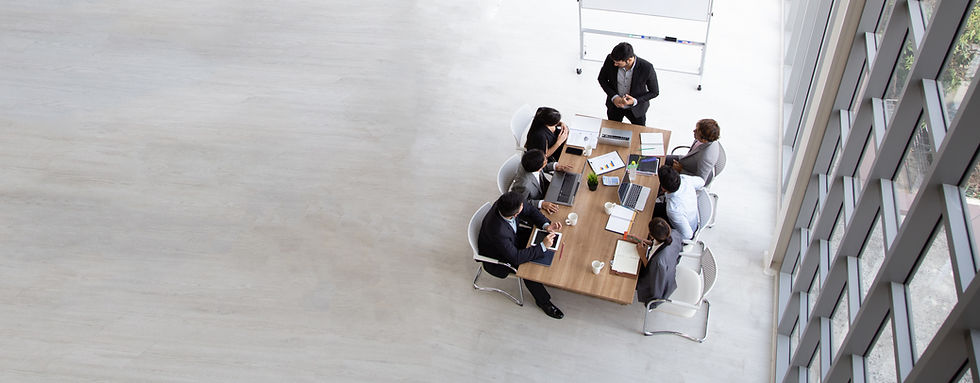Omnipresent Design
- MA Emma Kocmanek Dikyova, DipArt

- Feb 24, 2022
- 2 min read
for Retail News Magazine 1-2/2022
Aesthetics, Nature, the Brain, and Design Are Interconnected Through Interaction and Rules That Shape Their Mutual Communication.
Let’s look around our current environment and ask ourselves:What here wasn’t designed?
We’ll likely conclude that there’s not a single object around us that hasn’t undergone some form of design.
A designer—someone who creates functional and often aesthetic solutions—is the person who finds a balance between visual appeal and utility, whether they’re designing:
Homes, roads, flooring,
Furniture, glasses, clothing,
Artworks,
Or company and product presentations.
Nature Is the Root of All Design Principles
Mathematical formulas underpin all design.
The movie The Matrix became a cult classic because it popularized an idea that lies at the heart of everything—from cosmology to quantum physics and the laws of nature.
The Most Efficient Designs Use the Least Energy
Engineer Adrian Bejan proposed that for any living or moving system, energy savings always follow paths of least resistance—which explains why nature forms structured patterns.
Minimalist design uses the same principle:
The most effective designs use the least amount of energy to convey maximum information.
This is known as the “low surface complexity / high information content” model.
Designers use knowledge of:
Neural functions, and
How different brain regions process color, motion, and shape.
By isolating shapes and minimizing color use, they make messages clearer and reduce the attention energy cost for the viewer.
Fibonacci and the Golden Ratio
Another fascinating connection between math and design is the Fibonacci sequence:Each number is the sum of the two preceding numbers.
You’ll find this pattern in:
Petal counts,
Sunflower seeds,
Pineapple spirals, etc.
Related to this is the Golden Ratio—where each new element is proportional to the last, often by a factor of 1.618.This ratio appears in:
Shells,
Tornadoes,
DNA,and is widely used by architects and designers for its aesthetic harmony.
Neuroaesthetics: At the Intersection of Aesthetics, Nature, Brain, and Design
Around the turn of the millennium, as neuroscience began to influence aesthetics, a new field emerged:Neuroaesthetics, founded by British neurobiologist Semir Zeki.
This discipline studies:
Our perception of visual stimuli,
Emotional reactions to objects and environments,
And how visual cues spark deep, often pleasurable, feelings.
Designers craft objects to capture attention and create interaction between the viewer and the design.These reactions stem from unconscious mechanisms shared across humanity, but they also include cultural and psychological (contextual) components.
Designers act like intuitive neuroscientists, fine-tuning visual forms through experimentation until they feel right.When something appeals to a group, there must be a shared psychological denominator.
Neuroaesthetics helps us understand:
What pleases the visual system, and
How our brain responds to design.
Global corporations invest vast sums to:
Pinpoint what triggers emotional reactions in specific target groups,
And incorporate those findings into product presentations.
In essence:
Design + science = profit.
This synergy drives not only retail success, but also broader financial outcomes in business.
“The need for order and symmetry is deeply rooted in humans—reflected in nature’s omnipresent patterns, balanced proportions, and the powerful laws of mathematics.”— Dikyová, 2020



Comments